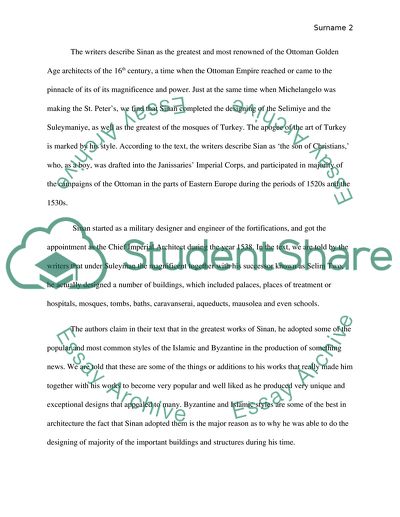Cite this document
(Architecture of Suleyman the Magnificent and the Ottoman Golden Age Book Report/Review - 2, n.d.)
Architecture of Suleyman the Magnificent and the Ottoman Golden Age Book Report/Review - 2. Retrieved from https://studentshare.org/visual-arts-film-studies/1775938-book-review
Architecture of Suleyman the Magnificent and the Ottoman Golden Age Book Report/Review - 2. Retrieved from https://studentshare.org/visual-arts-film-studies/1775938-book-review
(Architecture of Suleyman the Magnificent and the Ottoman Golden Age Book Report/Review - 2)
Architecture of Suleyman the Magnificent and the Ottoman Golden Age Book Report/Review - 2. https://studentshare.org/visual-arts-film-studies/1775938-book-review.
Architecture of Suleyman the Magnificent and the Ottoman Golden Age Book Report/Review - 2. https://studentshare.org/visual-arts-film-studies/1775938-book-review.
“Architecture of Suleyman the Magnificent and the Ottoman Golden Age Book Report/Review - 2”, n.d. https://studentshare.org/visual-arts-film-studies/1775938-book-review.


